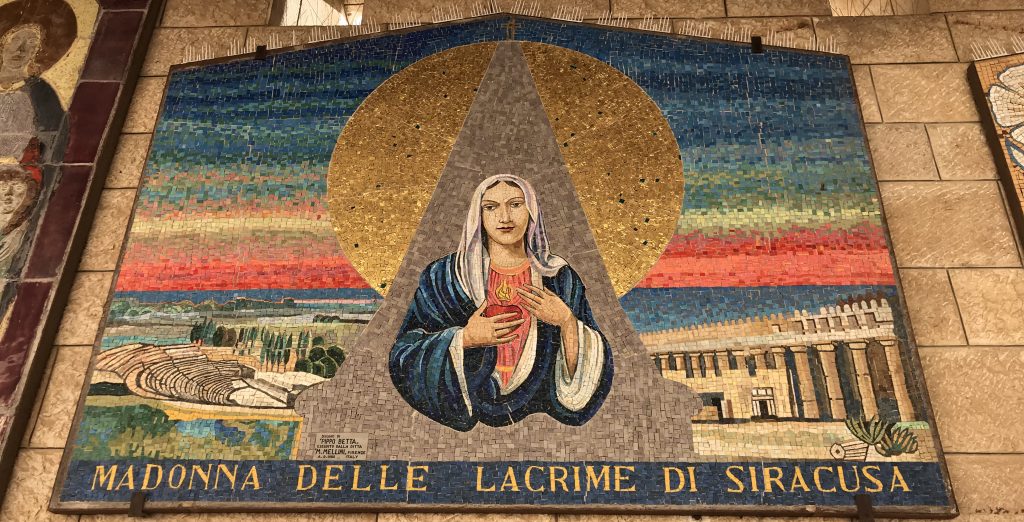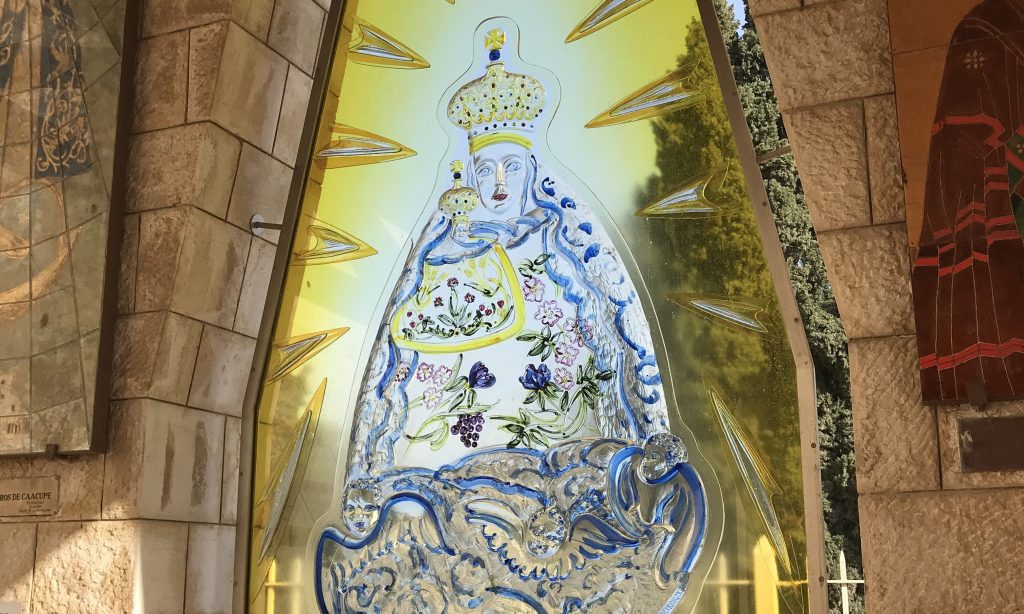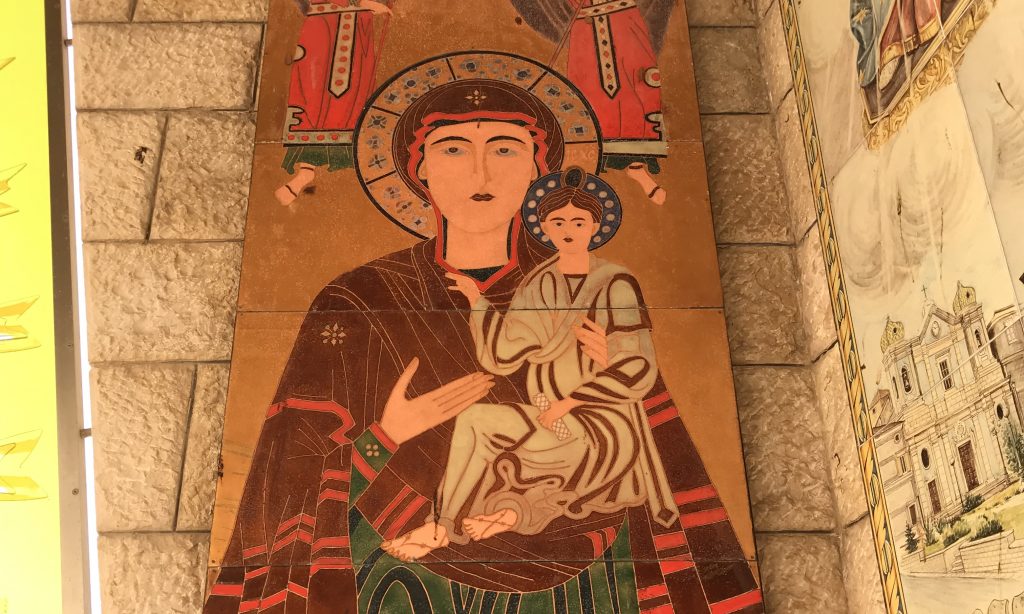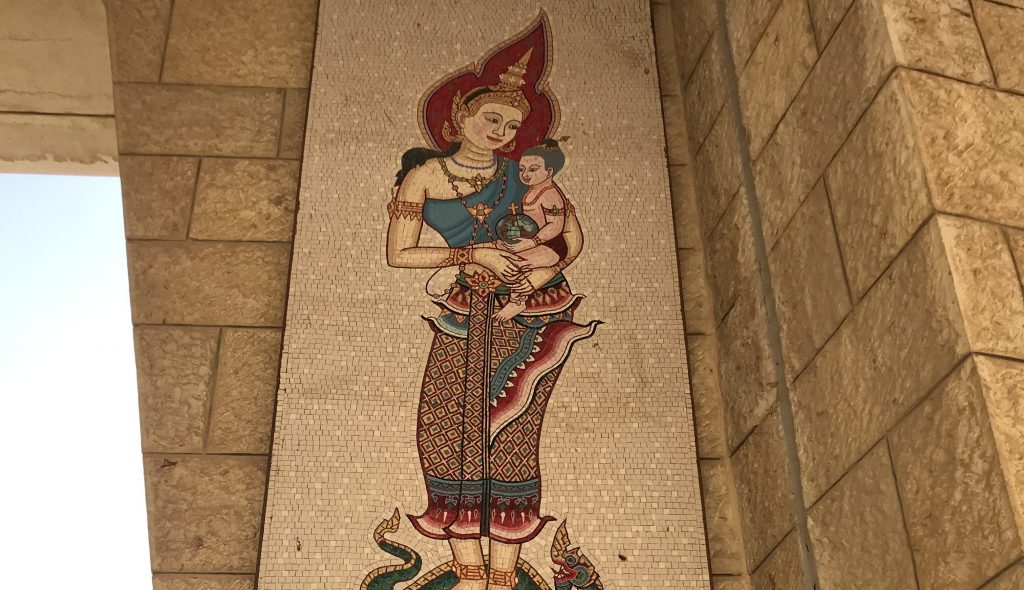
Holy Land Trip | Part 5 | Church of the Annunciation
We’re home! This will be one of the last posts for the trip sent through email to wrap up this experience. We’ve finally made it back to the United States after multiple airport delays and many hours of travel. What are the chances that we would be traveling through a New York airport on the day news breaks of air traffic controllers calling off which is causing delays? Our hearts go out to those who had been working without pay and we hope that as things are opening back up, those affected receive their due pay quickly.
Towards the end of our trip we spent time in the northern portion of the Holy Land around cities like Nazareth, Capernaum, and Tiberias. I want to spend a moment reflecting on something that I experienced at a church in Nazareth.
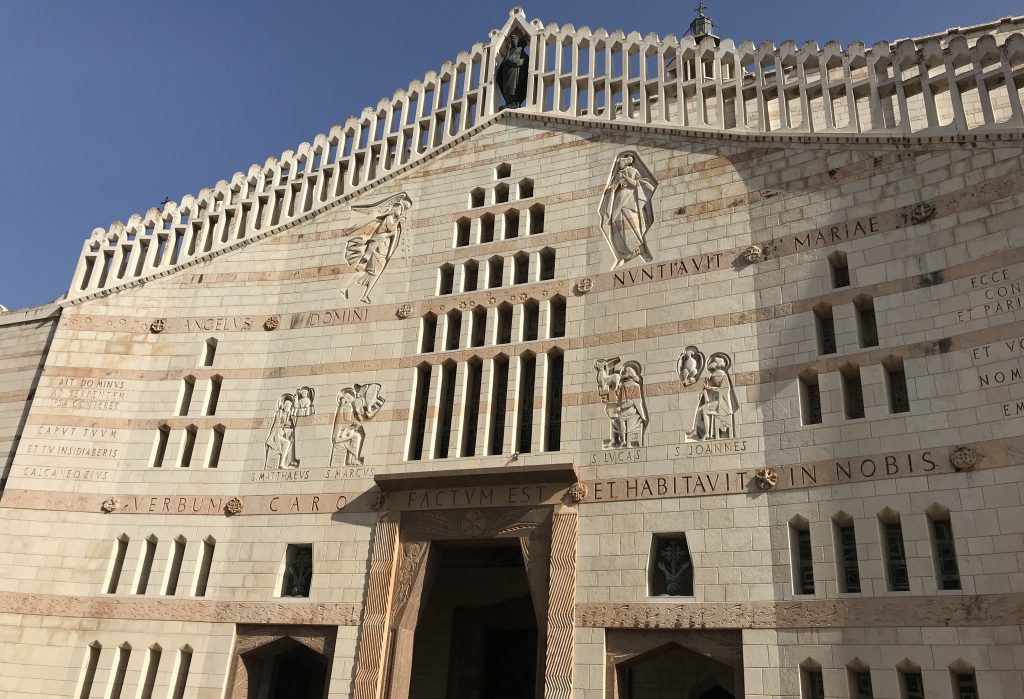
We visited the Church of the Annunciation. It’s a beautiful structure built over an ancient home that was believed to be the house where Mary lived and around where the angel was said to have come to her. It was a church with amazing architecture that fit seamlessly with the ancient structure inside (see picture below). However, that wasn’t what struck my attention while there.
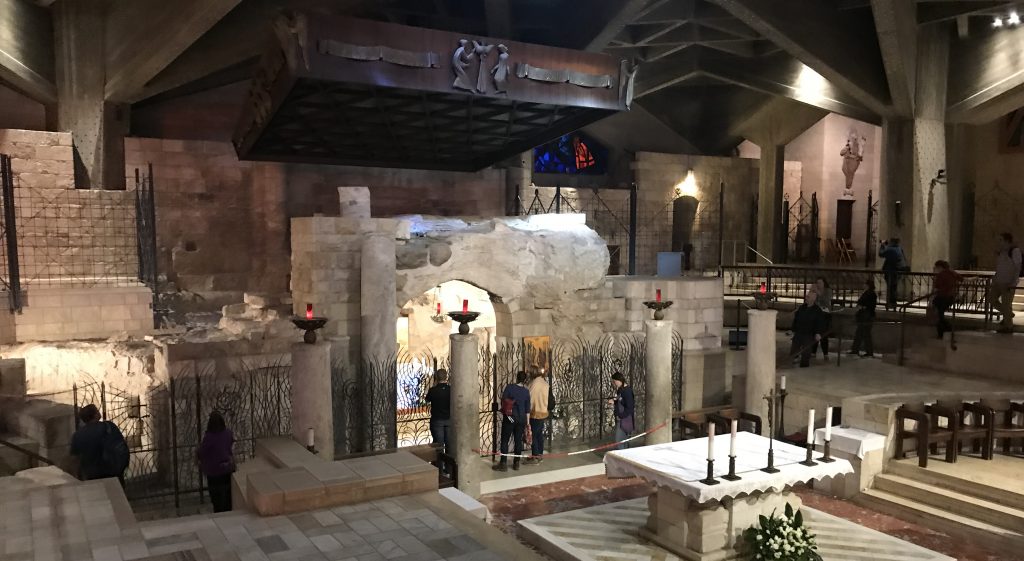
All around this church today, there are mosaics given by countries around the world. The countries represented were those that provided funds for the construction of the church and for the preservation of the site. Each of these mosaics depicted icon like images of Mary holding the baby Jesus. Each mosaic was beautiful in its own light.
However, one thing stood out in these mosaics. They all were made to make Mary and Jesus resemble the countries in which the painting represented. Their clothing, portrayal, and style all were definitely culturally modified from each other. You can view the various mosaics below to see for yourself.
At first, recognizing these portrayals did not sit well with me. I am often disturbed when we in the United States portray Jesus as a Caucasian with blue eyes as if Jesus were born here. To see this done in other contexts was startling. However, that feeling didn’t last long as I found myself getting drawn into other cultures depictions of the holy family hanging side by side on the walls.
While I still don’t agree with our American portrayal of Jesus, here, it was as if I could venture into the Biblical story through another’s eyes. I got to dive into the birth narrative of those in Romania, Korea, and Indonesia while experiencing how we all claim this story as our own.
Alone, these conceptions depict a scary and damaging narrative that the holy family is from our culture and that we somehow alone have a claim on the events. However, all of these depictions shown together paint a picture of many different nations and people trying to find their own place in the story, in the land, and here at the site of Mary’s probable home. We learn a lot about the story through looking through another’s eyes, which, really is what we hear over and over again as the starting place for peace here in the Holy Land.
Getting ordinary Palestinians and Israelis to meet together at the same table and to learn from each other’s perspectives has been a key theme of the latter half of this trip. We met with a local Rabbi who runs an organization doing just that. They try to provide opportunities for both sides to meet and are even looking at starting a daycare to allow kids to grow up together.
While the complexities of this place make solutions difficult to come by in a day, they just might be more likely through the daily human interactions between these two peoples. Through more talking, sharing in each other’s joys and pain, and more learning from each other, many believe, peace could be around the corner.
With all the violence and hatred of the past, peace can come only when the reality of both sides is seen by the other and is mixed with constructive conversation (Halevi, 155). In a way, maybe the hope for the Palestinians and Israelis is that they are both able to put their own mosaics together and to see the story through each other’s eyes. Alone, those mosaics might mean the exclusion of the other. Together, a way to come to peace.
Shalom, Salam.
Sources
1. Letters To My Palestinian Neighbor by Yossi Klein Halevi
